Description
Objective
Vanishing Styrofoam Cups – In our Vanishing Styrofoam Cup experiment, pieces of Styrofoam will vanish. Is it magic? Or is it science? Read on to find out!
Materials
- Acetone
- Styrofoam
- Dish
- Gloves
Procedures.
-
In a well-ventilated area, cover the bottom of a pie plate with a thin layer of acetone.
-
Carefully place the Styrofoam cup into the center of the pie plate.
-
Stand back and observe. Watch in amazement as the cup disappears!
What’s Going On?
Styrofoam is actually the common, registered trademark name for a material called “polystyrene.” Products manufactured with polystyrene began in the 1930s. In the 1960s, it was first used in coffee cups because its insulating properties. (This means it keeps your hot drinks hot by slowing heat transmission. It also keeps your cold drinks cold.)
Polystyrene is the long-chain molecule of the monomer (smaller molecule) styrene. Polystyrene is a polymer that is actually a type of plastic. The acetone is a solvent that easily breaks down the polystyrene, releasing the little air pockets trapped inside and leaving very little residue at the end. In other words, when you combine Styrofoam and acetone, the polystyrene will completely dissolve!
As a science teacher, science enthusiast or an environmentalist, you are aware of the bad effects that Styrofoam has on our environment and the space that it takes up in landfills. So why not just use acetone to dissolve waste polystyrene? Problem solved, right? Not quite! Unfortunately, acetone presents its own environmental and energy consumption issues so melting Styrofoam in giant vats of acetone is not a good solution to the polystyrene abundance in landfills.
Disclaimer and Safety Precautions
Warning is hereby given that not all Project Ideas are appropriate for all individuals or in all circumstances. Implementation of any Science Project Idea should be undertaken only in appropriate settings and with appropriate parental or other supervision. Reading and following the safety precautions of all materials used in a project is the sole responsibility of each individual. For further information, consult your state’s handbook of Science Safety.
Safety
- Put on protective eyewear. Conduct the experiment on the plastic tray and in a well-ventilated area.
- Keep a bowl of water nearby during the experiment.
- Keep flammable materials and hair away from flame.
- Avoid looking directly at burning magnesium to prevent eye discomfort.
- Do not attempt to extinguish the solid fuel and magnesium — let them burn down completely. Do not touch the stove after the experiment — wait until it cools down.
- Do not allow chemicals to come into contact with the eyes or mouth.
- Keep young children, animals and those not wearing eye protection away from the experimental area.
- Store this experimental set out of reach of children under 12 years of age.
- Clean all equipment after use.
- Make sure that all containers are fully closed and properly stored after use.
- Ensure that all empty containers are disposed of properly.
- Do not use any equipment which has not been supplied with the set or recommended in the instructions for use.
- Do not replace foodstuffs in original container. Dispose of immediately.
- In case of eye contact: Wash out eye with plenty of water, holding eye open if necessary. Seek immediate medical advice.
- If swallowed: Wash out mouth with water, drink some fresh water. Do not induce vomiting. Seek immediate medical advice.
- In case of inhalation: Remove person to fresh air.
- In case of skin contact and burns: Wash affected area with plenty of water for at least 10 minutes.
- In case of doubt, seek medical advice without delay. Take the chemical and its container with you.
- In case of injury always seek medical advice.
- The incorrect use of chemicals can cause injury and damage to health. Only carry out those experiments which are listed in the instructions.
- This experimental set is for use only by children over 12 years.
- Because children’s abilities vary so much, even within age groups, supervising adults should exercise discretion as to which experiments are suitable and safe for them. The instructions should enable supervisors to assess any experiment to establish its suitability for a particular child.
- The supervising adult should discuss the warnings and safety information with the child or children before commencing the experiments. Particular attention should be paid to the safe handling of acids, alkalis and flammable liquids.
- The area surrounding the experiment should be kept clear of any obstructions and away from the storage of food. It should be well lit and ventilated and close to a water supply. A solid table with a heat resistant top should be provided
- Substances in non-reclosable packaging should be used up (completely) during the course of one experiment, i.e. after opening the package.
Disposal
Dispose of the reagents and solid waste together with household garbage.



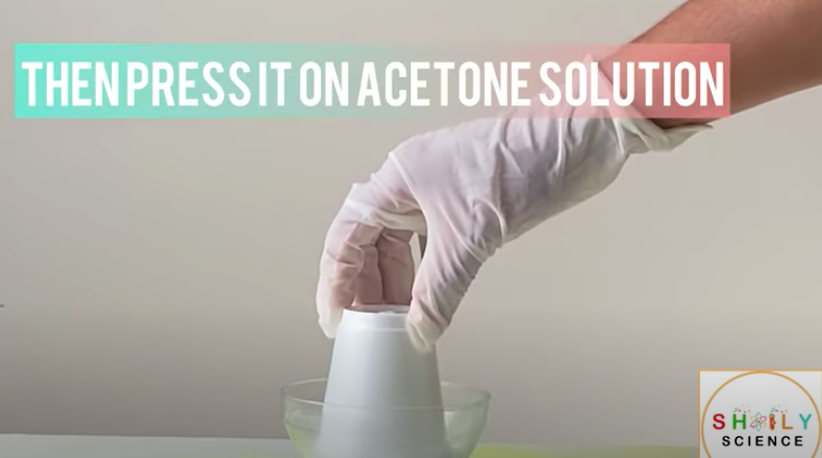
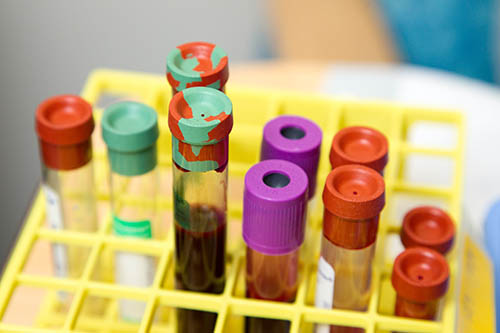
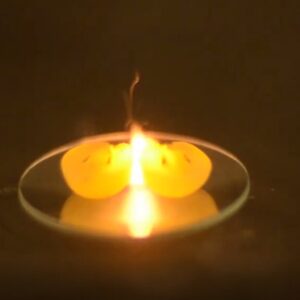
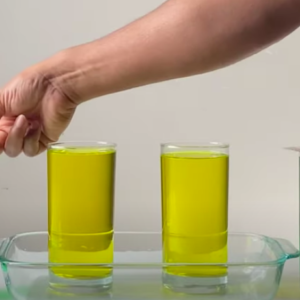

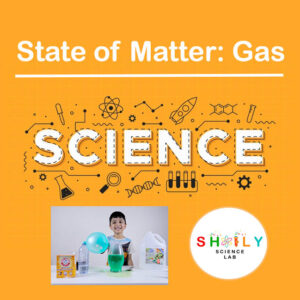

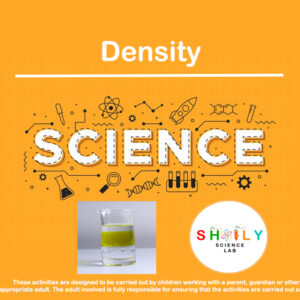
Reviews
There are no reviews yet.